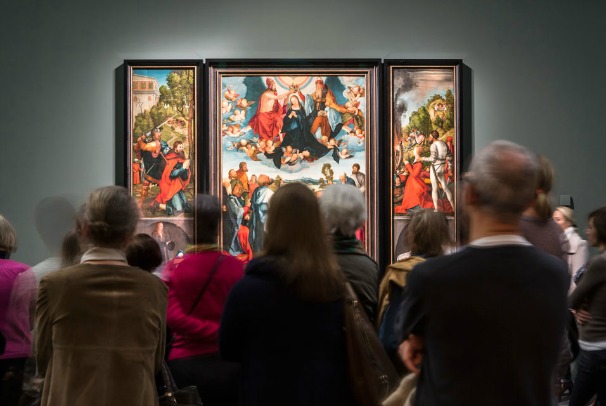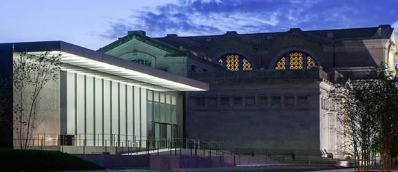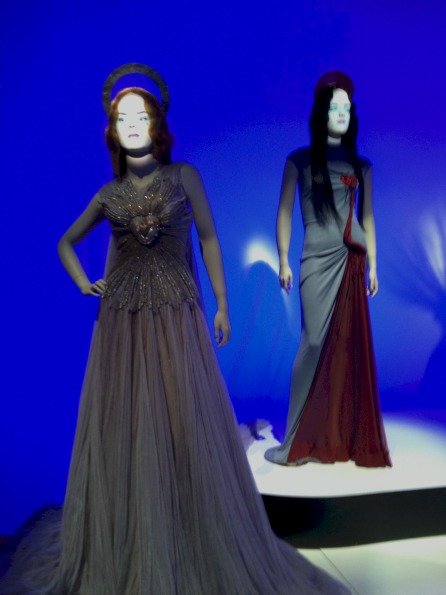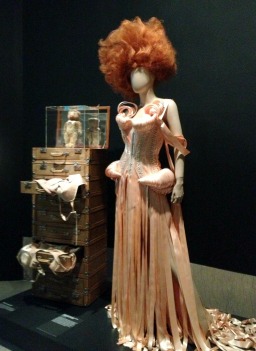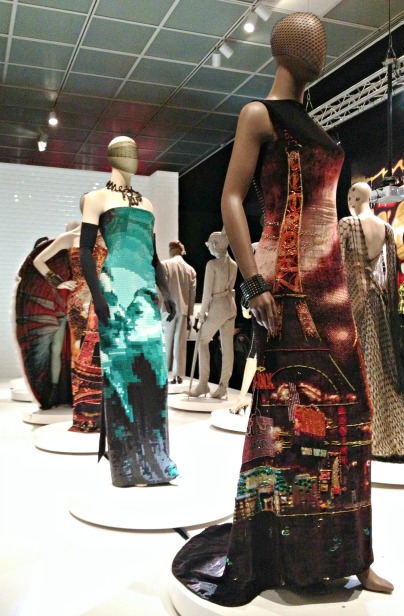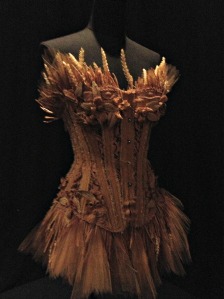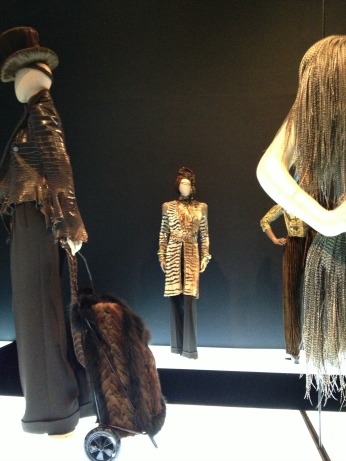Of course I have mixed emotions about the sale by Randolph College of its beautiful painting, Men of the Docks, by George Bellows, to raise money for its endowment. Remedying financial mismanagement elsewhere is not what art in museums is supposed to do, especially as this painting was purchased by students for the college in 1920. That part is very sad.
 But the great news is that the National Gallery in London bought the work and paid $25.5 million, finally adding a major American painting to its collection. As Nicholas Penny, the NG director who is rapidly becoming one of my favorite museum directors, said in the release, “We look forward to giving the work a place of honor in our rooms.” (Boldface mine.)
But the great news is that the National Gallery in London bought the work and paid $25.5 million, finally adding a major American painting to its collection. As Nicholas Penny, the NG director who is rapidly becoming one of my favorite museum directors, said in the release, “We look forward to giving the work a place of honor in our rooms.” (Boldface mine.)
It is about time that great European museums started collecting American art. The Louvre is now showing American art and I recall rumors, too, that it had also recently purchased an American painting or two, but I could not find that as fact with a quick search. What Penny told The New York Times, “I’m a great fan of American painting, but great examples are hard to come by,†is no excuse. There are great paintings on the market, as Alice Walton, for one, has shown. More probably, the museums don’t have the cash — yet some American art historians think Penny got a bargain on the Bellows (Nancy Mowll Mathews, for one, per her post on FB). The money came from a fund created by the late billionaire oilman John Paul Getty.
There was hardly a choice for the NG, but I do like that Penny will place the painting among Manets, Monets and Goyas. Penny told The Guardian, that the “fantastic” painting “will have a revolutionary effect on the collection and an electrifying effect on visitors.” (Here’s what The Independent had to say on the matter.) The Bellows, press reports said, indicated that the NG was moving in a new direction, now collecting paintings in the Western European tradition, instead of those made by artists working in Western Europe. I don’t know why they can’t just call it American art, but…
As for Randolph College, it crowed about what is essentially a fig leaf — that, according to its press release, the deal “mak[es] Randolph College the only U.S. educational institution with a collaborative relationship with the National Gallery.” That means that its students can gain access to the NG’s collections and attend classes there, while “high-level staff members of the National Gallery to lecture at Randolph College [and] a special internship program for Randolph students that will be established in London with the museum.”

